A team of French and Swiss archaeologists working in the ancient burial ground of Saqqara, outside Memphis in Egypt, has discovered a significant find. They excavated the tomb of Teti Neb Fu, a doctor to the royal family who served during the reign of King Pepi II, during the Sixth Dynasty of ancient Egypt. The tomb is believed to have been built around 4,000 years ago. It provides us a glimpse of what was considered advanced medicine back then as well as how science and magic were intertwined in ancient Egyptian society.

Teti Neb Fu was not a typical healer. Among his many titles were Chief Palace Physician, Priest and “Magician” of the Goddess Serket, Chief Dentist and Director of Medicinal Plants. His expertise in both medicine and magic illustrates how ancient Egyptians viewed physical and spiritual healing as interrelated. As Chief Dentist and Director of Medicinal Plants, Teti Neb Fu likely played a crucial role in developing innovative, less invasive surgeries, drug-based treatments, and early methods to fix teeth. His title, “Magician of Serket,” named for the goddess of venomous beasts, also suggests that he knew extensively how to deal with snake and scorpion bites, knowledge revered in ancient Egyptian medicine.
The tomb is a mudbrick mastaba structure with beautifully detailed carvings, painted walls, and inscriptions detailing Teti Neb Fu’s legacy. The painted false door, rendered in bright colors and detailed engravings, represents an opening to the worlds of the living and the dead. The ceiling, which is painted in red and designed to appear like granite stones, adds to the burial site’s magnificence.
Dr. Philippe Collombert, who leads the French-Swiss archaeological mission, explained that preliminary studies suggest the mastaba was likely looted in ancient times. However, the walls remain intact.
The tomb contains a stone sarcophagus with hieroglyphs carved into it spelling out Teti Neb Fu’s name and titles. This discovery, and the tomb’s lavish decorations, confirm he held a significant place in the royal court.
Saqqara, located about 25 miles southwest of Cairo, is often described as an “open-air museum” because of its rich history. It is the burial place of kings, officials, and holy people of Egypt’s ancient dynasties. The tomb is part of a larger excavation project, which seeks the burial places of state officials who served under King Pepi II. The sites are near King Pepi I’s burial complex and the tombs of his queens.
The French-Swiss team has been digging in this area since 2022. Their earlier finds include the mastaba of Vizier Weni. His long autobiographical inscriptions provide useful historical records of the Old Kingdom.
The tomb of Teti Neb Fu reflects both the advanced medical knowledge of the ancient Egyptians and the significant role magic played in their healing methods. The ancient Egyptians knew how to deal with heart problems, care for teeth, and even treat mental health issues such as dementia and depression. Mixing these methods with spiritual rituals shows their all-round approach to health.
More information: Ministry of Tourism and Antiquities



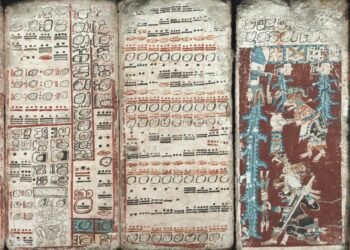
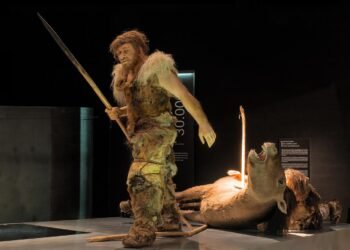

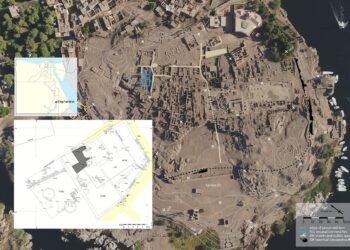
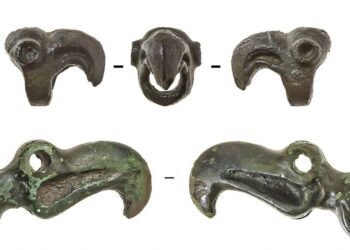
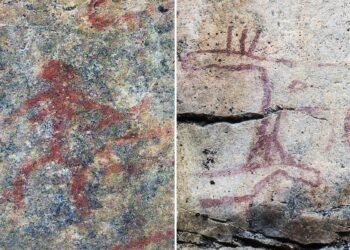













Why are the faces of Egyptian statues destroyed? Even newly unearthed statues like this one? It can’t all be Napoleon?
People that lived then likely felt leaders as dictators having it all while they suffered in their own way, complaining while living but upon boss dying get some revenge ! but I also feel strongly; remove statue from its place and likely artifacts or discoveries hidden behind it,, if decided to knock out the back wall